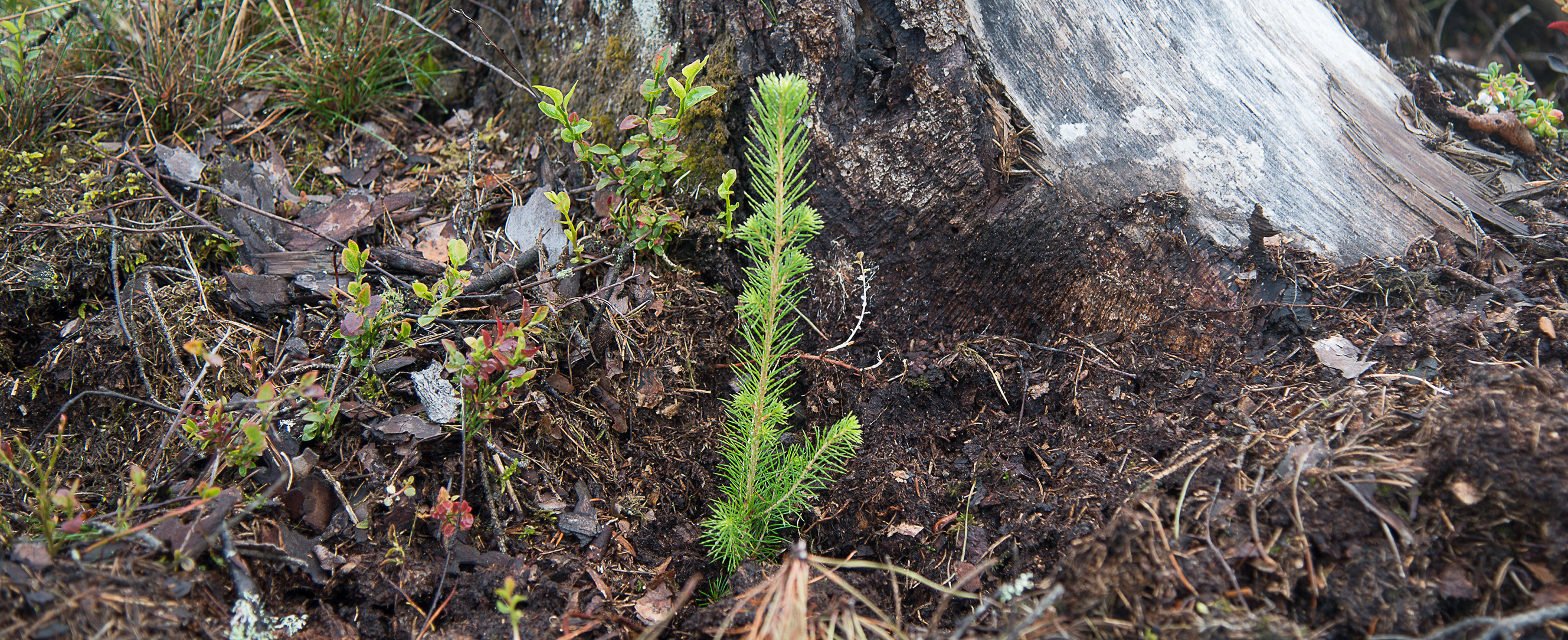
Seeds and Seedlings for Forest Regeneration in the Nordic Forestry
In the Nordic countries, forests have always played an important role. Forests provide wood and bioenergy, protection against wind and erosion, support biodiversity and act as carbon dioxide sinks, as well as important arenas for outdoor recreation and human health. When it comes to climate change, the forest is especially important because it binds carbon dioxide throughout its lifetime. In addition, timber can replace other materials that give large emissions when produced.
Top photo: Erling Fløistad/NIBIO.
For all these purposes, it is important to keep a healthy and resilient forest, with sufficient genetic diversity for adaptation to climate change. Sufficient regeneration with the proper seed and plant material is crucial.
Forest regeneration after harvest may be executed differently in the Nordic countries, and for the various species, either by natural regeneration using seed-trees, by direct sowing or by planting of seedlings
Seedlings are in this context very young trees, perhaps one or two years old, that have been grown from seeds in a nursery.
This report aims at giving an overview of the use of seeds and seedlings in the Nordic countries, with key statistics from Denmark, Finland, Iceland, Norway and Sweden.
For all these purposes, it is important to keep a healthy and resilient forest, with sufficient genetic diversity for adaptation to climate change.
NordGen Forest
NordGen Forest is a Nordic body dedicated to forest regeneration, plants, seeds and genetic resources. Our main goal is to contribute to the establishment of the best possible Nordic forests for the future, through knowledge exchange and dialogue. NordGen Forest is supported by two networks, the NordGen Forest
Regeneration Council and the NordGen Forest Working Group on Genetic Resources, each with members from all the Nordic countries.
NordGen – the Nordic Genetic Resource Center – is a Nordic organisation dedicated to safeguarding and sustainable use of cultivated plants, farm animals and forest trees.